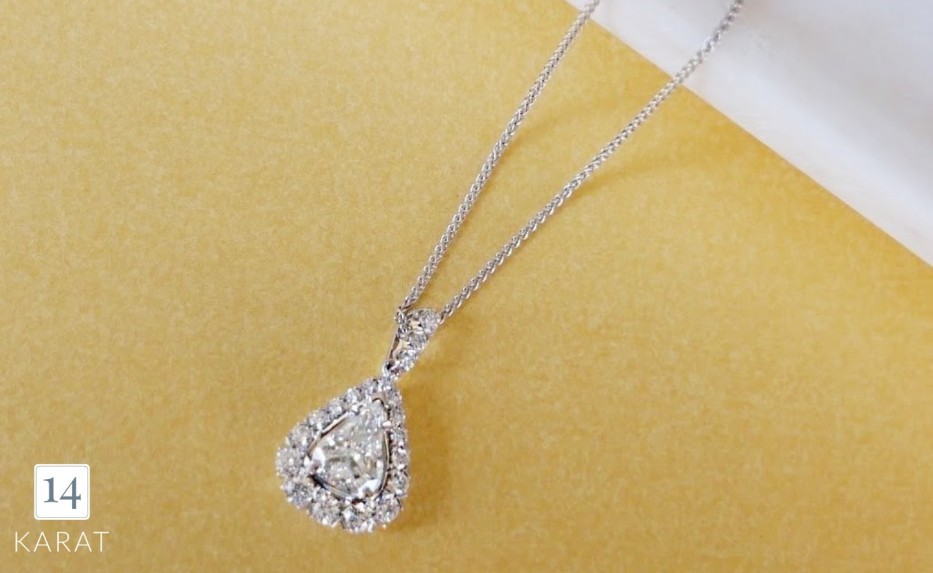The allure of silver jewelry lies in its timeless elegance and versatility. However, with the rise of imitation pieces flooding the market, discerning the authenticity of silver jewelry has become a crucial skill for consumers. Your private jewelers Omaha want to uncover the key indicators that can help you distinguish genuine silver from its fake counterparts, ensuring that your collection remains a treasury of true value.
Authentication with marks
One of the most reliable methods to verify silver authenticity is by examining the hallmarks or stamps on the jewelry. Genuine silver is often stamped with a purity mark, such as "925" or "Sterling," indicating its 92.5% silver content. Always scrutinize these marks, as their absence or inconsistency may be a red flag.
Magnet test
Silver is non-magnetic, so using a magnet can be a simple yet effective way to identify fake silver. Hold the magnet close to the jewelry; if it's attracted, the piece likely contains ferrous metals and isn't authentic silver.
Tarnish and patina
Authentic silver develops a characteristic tarnish and patina over time, reflecting its exposure to air and moisture. If the jewelry appears too shiny or lacks the subtle tarnish that occurs naturally, it might be fake silver or heavily coated with a faux finish.
Weight and feel
Silver has a distinct weight and density, which can often be felt when holding a genuine piece. If the jewelry feels unusually light or lacks substantial weight, it could be an indication of low-quality materials.
Smell test
Sometimes, fake silver jewelry contains base metals that may emit a faint odor when in contact with skin. Gently rub the piece against your skin; if you detect an unusual smell, it could be a sign that the jewelry is not genuine silver.
Nitric acid test
For a more definitive test, a jeweler, like your private jewelers Omaha, can use nitric acid to determine silver authenticity. A small scratch is made on an inconspicuous area of the jewelry and nitric acid is applied. Genuine silver will show a creamy color reaction, while fake silver may result in a green or gray reaction.
Price and source
Exercise caution when encountering silver jewelry priced significantly lower than market value. Authentic silver has intrinsic value, and prices that seem too good to be true could indicate a counterfeit piece. Purchase from reputable sellers and jewelers to ensure the quality and authenticity of your jewelry.
Gemstone setting
If the silver jewelry features gemstones, pay attention to the settings. Authentic silver pieces often have consistent and secure settings, while fake jewelry might display uneven or haphazard gem placements.
Professional appraisal
If you're uncertain about the authenticity of a cherished piece, seeking a professional appraisal from a reputable jeweler can provide a conclusive verdict. Experienced appraisers can identify the specific silver content and offer insights into the piece's authenticity.
Visit us
It's vital to equip yourself with the knowledge to identify authenticity. You want to ensure that your silver jewelry truly shines with genuine brilliance, maintaining its worth and allure for generations to come. Contact your private jewelers Omaha today with any questions or to find some authentic silver jewelry to add to your collection!
 14 Karat
14 Karat

Comments